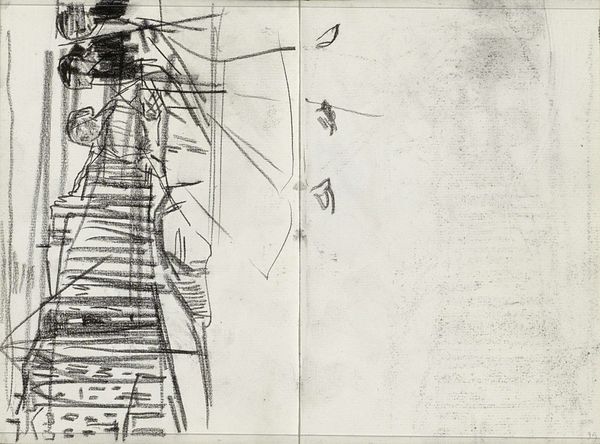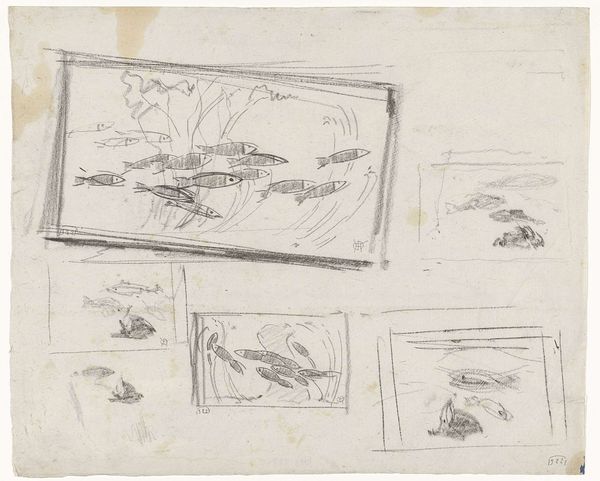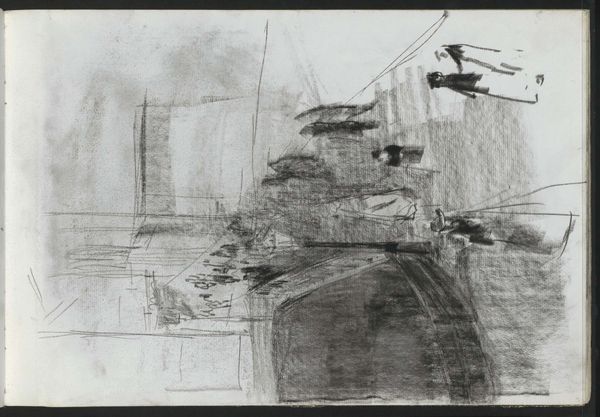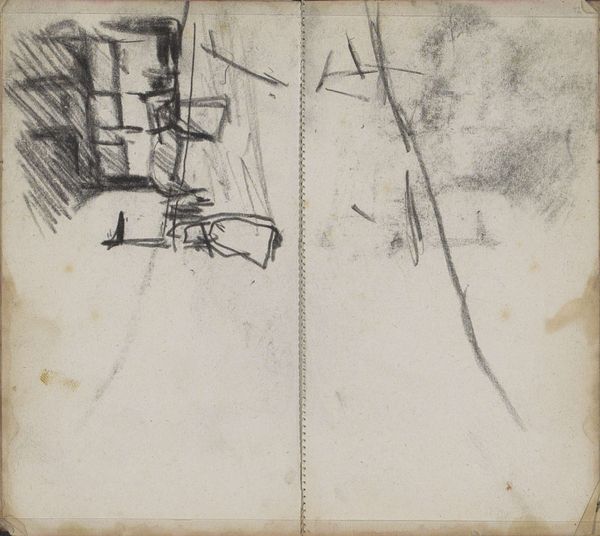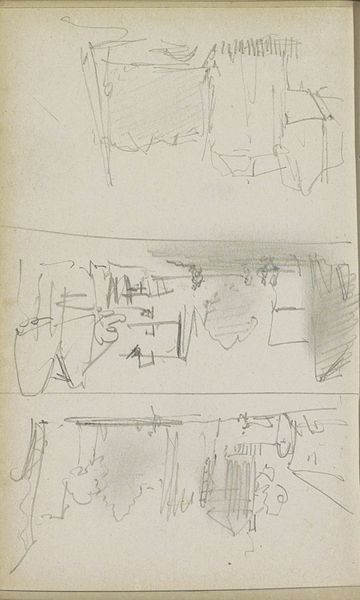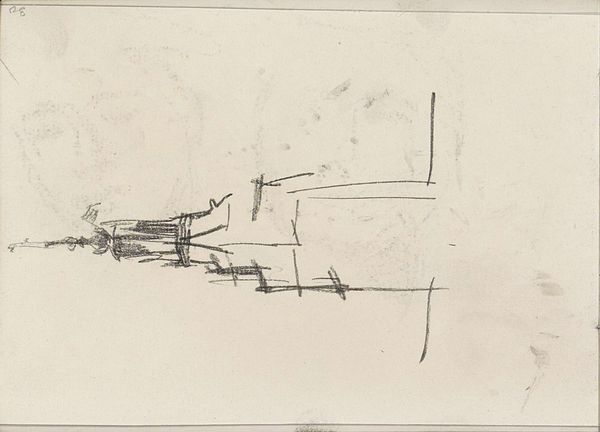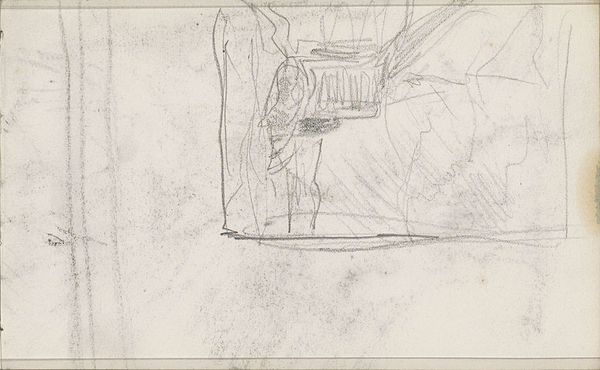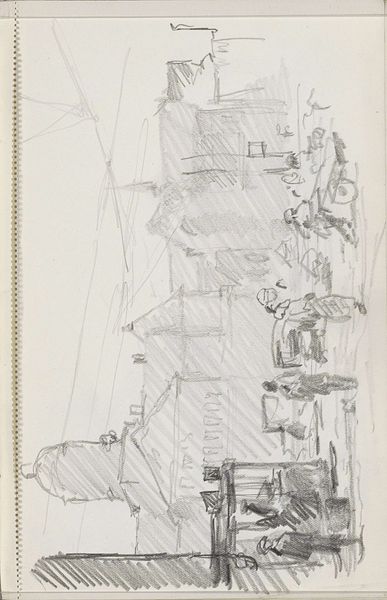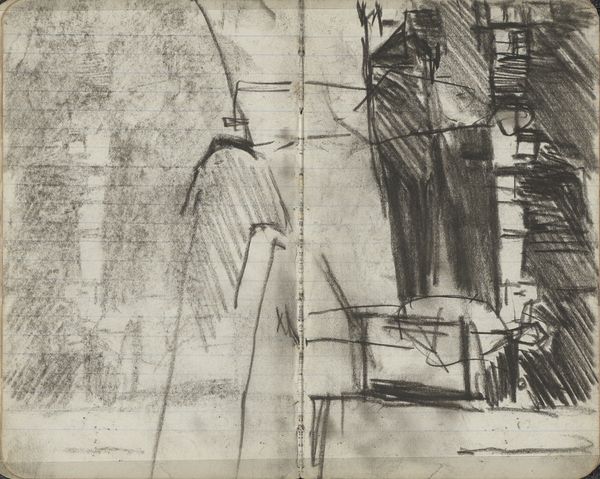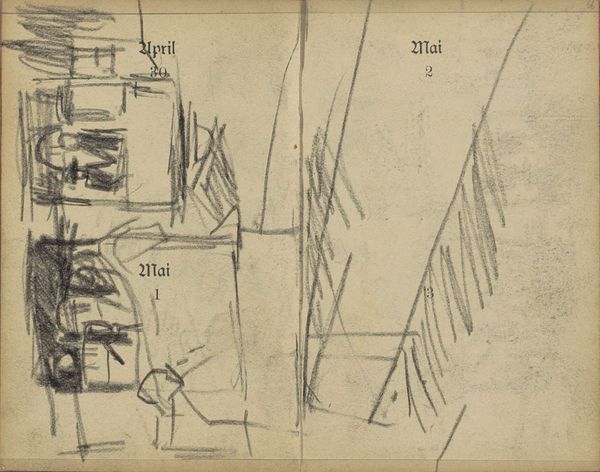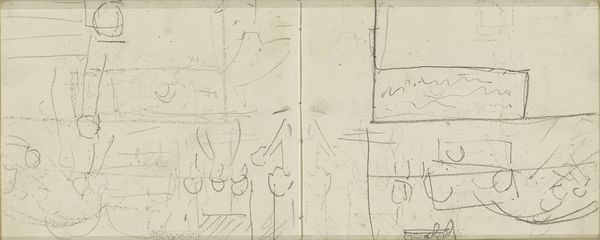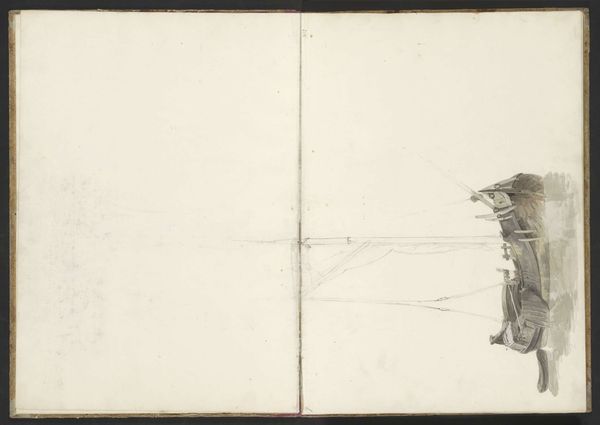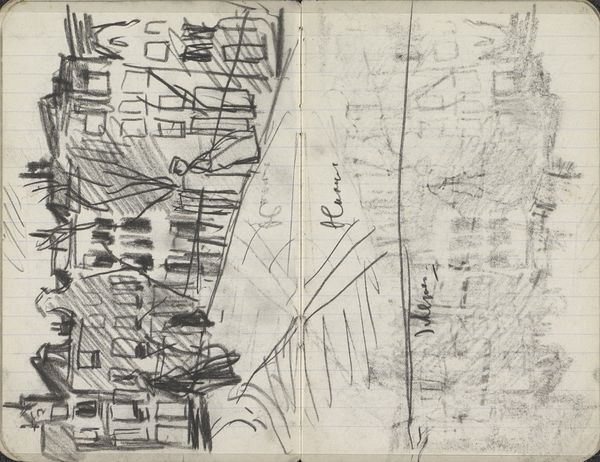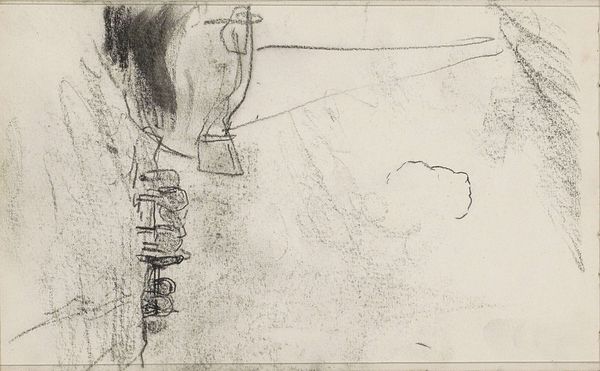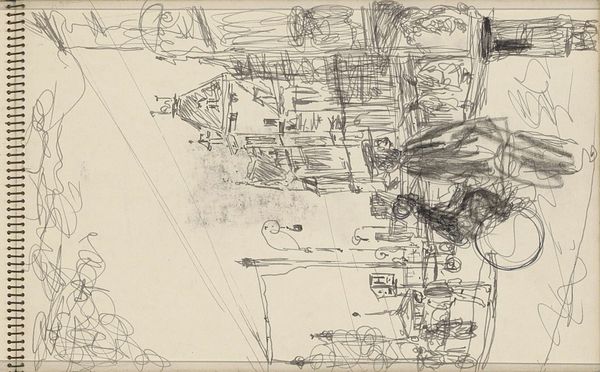
Dimensions: overall: 25.3 x 20.3 cm (9 15/16 x 8 in.)
Copyright: National Gallery of Art: CC0 1.0
Curator: Robert Frank's "Guggenheim 181--Miami, Florida," made in 1955, offers a fascinating glimpse into mid-century life. What strikes you first about this contact sheet? Editor: The melancholy, even with all the sunshine, is what really gets to me immediately. Seeing this strip of moments reminds me how transient every little memory is. The bright days look a little haunted, captured like this. Curator: That feeling of transience, that almost detached observation, resonates with Frank's approach. Think about how he challenged photographic conventions of his time. The postwar period carried disillusionment and uncertainty which artists like Frank captured. His photography confronted mainstream narratives, and he presented what he encountered without sentimentality. Editor: Yes, and there's a visual language in this arrangement that I find compelling. Note how the light changes from frame to frame. It draws my eye to certain forms: the palm trees bent over, or a statue seemingly watching over people lounging on the beach. They’re all potent symbols—sun, leisure, culture—layered onto each other in a specific geography. This creates tension. Curator: The sequencing of the images on the contact sheet emphasizes how the artificiality of tourism and idealized American life obscure everyday life, maybe even colonial histories—I imagine the statue and structures were not accidental choices. They represent cultural institutions propping up particular historical narratives and suppressing others. I’m thinking about Roland Barthes and the ‘myths’ he diagnosed within representations of the everyday... Editor: That’s a crucial observation. And seeing the whole strip exposes how narratives are built out of such selected views. Do we linger longer in some frames? And does the way we choose, the frames for what's important change the final pictures' impact on our cultural memory? Curator: Absolutely, considering the power he had in image-making. This makes me ponder on race in his work and the politics involved with constructing a so-called universal American identity, because his pictures tend to reflect the gaze and the experience of the white male. This strip makes you ask: how many Black faces are actually visible? Whose beachside moments are considered worthy of art? Editor: Looking closely at the layers of context helps, as you say, to understand the bigger themes in Frank's oeuvre. The individual scenes speak, but together they build to a more complex statement, a more ambivalent feeling towards America. Curator: Right, and with each look at this photograph, one appreciates the artistry with its different, distinct vantage points and symbols. It is indeed more complex and not a romantic snapshot, I'll say that for sure! Editor: And maybe that complexity will let the artwork endure and reveal even more as we engage it over time.
Comments
No comments
Be the first to comment and join the conversation on the ultimate creative platform.
